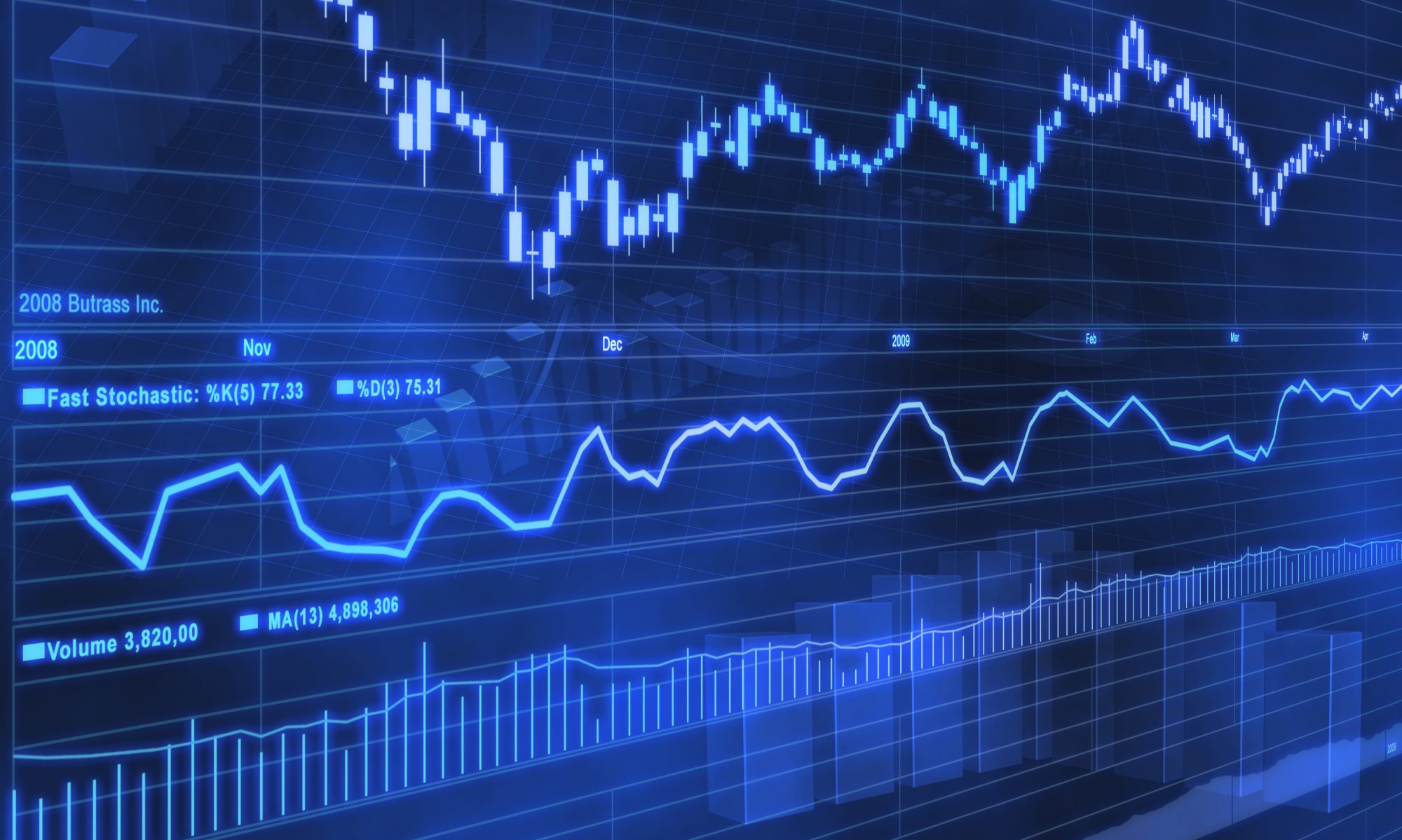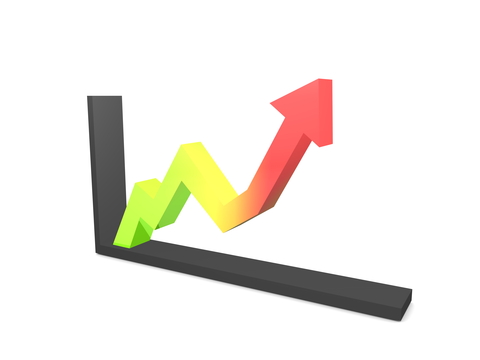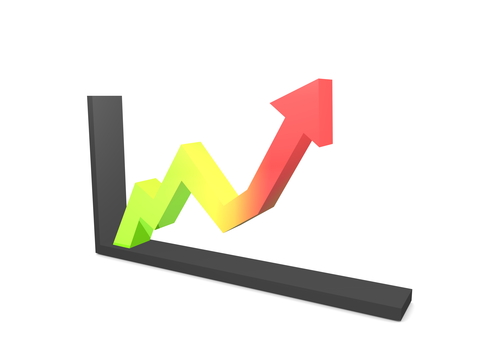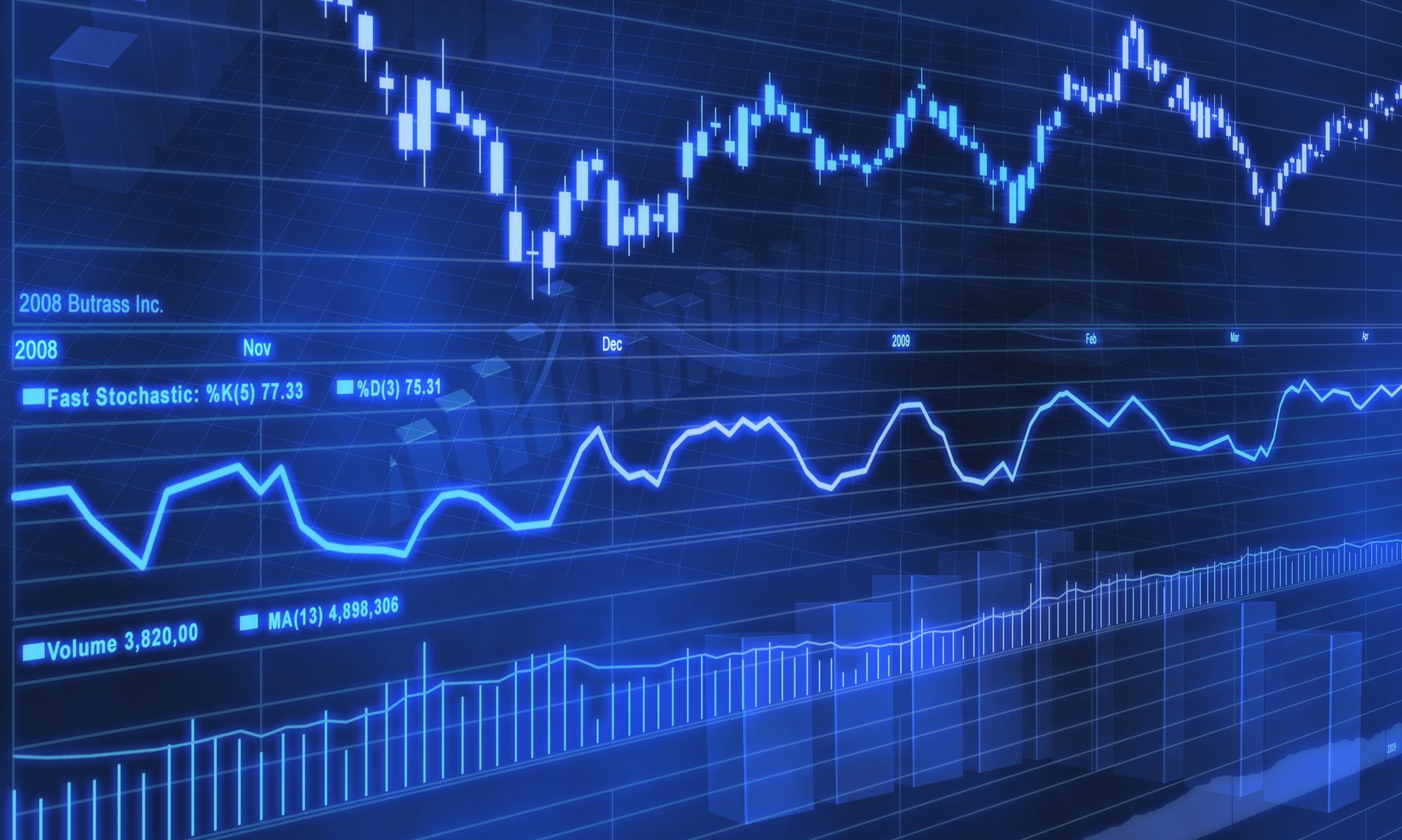Since November last year the Dow Jones Industrial Average index (DJIA) has risen from just under 18,000 to hit an all-time high of 22,000. However, just lately we have seen a bout of profit-taking amid political volatility and concerns about the short to medium term performance of the US economy. The market now stands at 21,667 which is still a significant increase from November last year but where next for the DJIA?
Next support………..
The index graph seems to suggest the next support level is 21,500 which would complete a double top formation. Where the market would go after this is anyone’s guess at this moment in time but 21,500 could turn out to be a very important support level. There is no suggestion that the index will retrace its steps back down to the 18,000 level but there could be some way yet to go before this recent bout of selling/profit-taking is complete. Continue reading “What next for the Dow Jones Industrial Average (DJIA) index?”




